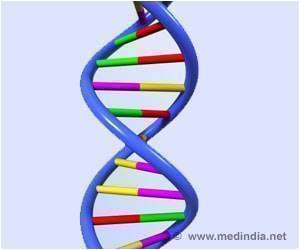Scientists get puzzled by the fact that Umbrea plays the role of strengthening the connections between chromosomes, making sure that chromosome segregation happens correctly.

To understand this paradox, the researchers used gene sequencing to understand the gene's history and captured video of cells with Umbrea removed dividing under a microscope in Mellone's laboratory. Their methods showed that after its birth, Umbrea was lost in some of the species, but in one species, Drosophila melanogaster, cells without it failed to segregate chromosomes correctly, confirming its critical role.
But their results also showed that several stepwise changes led to Umbrea's current-day time in the limelight: it lost its previous, nonessential function; the network of proteins it interacts with was completely rewired, and it acquired new, "tail" domains on the ends of its sequence that allowed it to relocate to the centromere, a structure present on all chromosomes in all species, necessary for genome segregation during cell division.
"This gene emerged and wasn't going either way, toward or away from essential function," says Mellone. "Then something happened elsewhere to help make it essential."
The researchers argue that although most duplicated genes either become non-functional or are simply lost, keeping some of them around might benefit cells in the long run.
"Centromere proteins experience rapid evolution in many organisms, including humans, in a constant 'arms race' that exists to maintain the equal segregation of genetic traits," says Mellone.
The scientists suggest that this could change the way scientists think about other biological processes that may require recurrent genetic innovation to adapt to new challenges.
 MEDINDIA
MEDINDIA




 Email
Email





